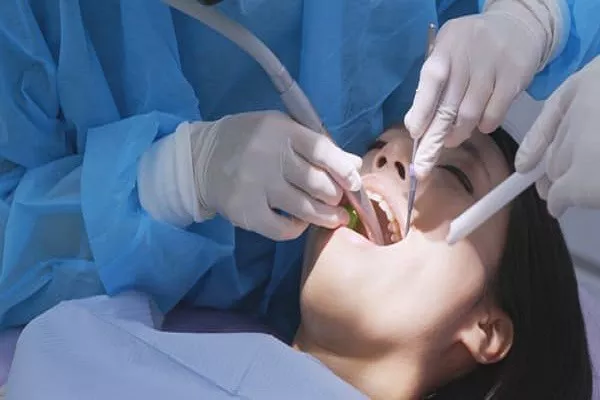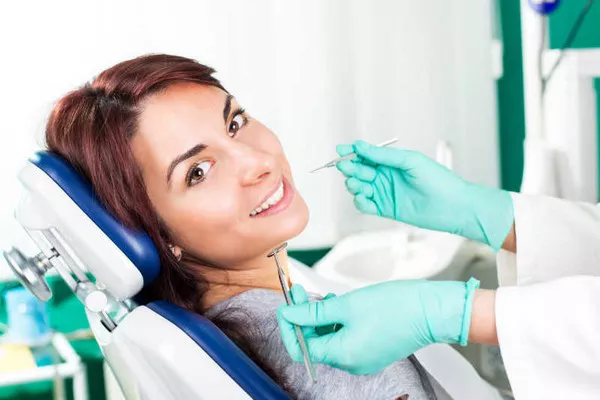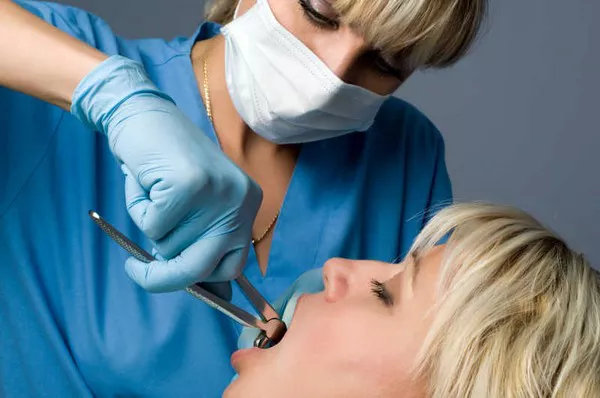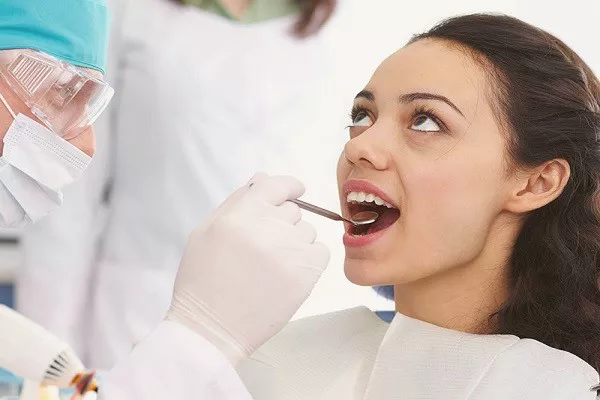Orthodontic treatment often involves various tools and techniques to correct misaligned teeth and achieve a well-balanced bite. One such tool used by orthodontists is known as bite turbos, which play a crucial role in the treatment process. In this comprehensive article, we will explore the world of bite turbos, including what they are, their functions, when they are used, and their impact on orthodontic treatment outcomes.
I. Understanding Bite Turbos
1.1 What Are Bite Turbos?
Bite turbos, also known as bite blocks or bite ramps, are orthodontic devices made of dental resin or acrylic material. They are strategically placed on specific teeth in the upper or lower arch to alter the contact between the upper and lower teeth when biting down. These modifications to the bite relationship serve various orthodontic purposes, making bite turbos an essential component of many treatment plans.
1.2 Types of Bite Turbos
There are two primary types of bite turbos:
Anterior Bite Turbos: These are placed on the front teeth, either upper or lower, to prevent full closure of the posterior teeth. They are used when orthodontists need to create space for tooth movement, correct deep overbites, or prevent certain teeth from coming into contact with one another.
Posterior Bite Turbos: Placed on the back teeth, posterior bite turbos are used to prevent contact between the opposing molars or premolars. They are typically utilized to allow for specific tooth movements or to help patients adapt to changes in their bite.
II. Functions of Bite Turbos
2.1 Creating Space
One of the primary functions of bite turbos is to create space within the dental arch. By preventing certain teeth from making contact during biting and chewing, bite turbos allow other teeth to move into the desired positions. This space creation is often essential for resolving overcrowding issues or making room for impacted teeth to erupt.
2.2 Correcting Deep Overbites
In cases where patients have deep overbites, where the upper front teeth significantly overlap the lower front teeth, anterior bite turbos are used. They encourage the lower teeth to move forward, reducing the severity of the overbite and achieving a more balanced bite relationship.
2.3 Preventing Interference
Bite turbos can be used to prevent specific teeth from interfering with the orthodontic appliances or wires. For example, if there is a risk of brackets or wires coming into contact with certain teeth, posterior bite turbos can create a temporary separation to avoid interference.
III. When Are Bite Turbos Used?
3.1 At the Start of Treatment
Orthodontists often place bite turbos at the beginning of the orthodontic treatment process. By creating space or altering the bite relationship early on, they can better control the movement of teeth throughout the course of treatment.
3.2 During Specific Phases
Bite turbos may be used during specific phases of orthodontic treatment when precise adjustments are needed. For example, they can be employed when correcting overbites, aligning teeth, or ensuring proper tooth eruption.
3.3 Case-Specific Use
The decision to use bite turbos is highly case-specific and depends on the patient’s unique orthodontic needs. Orthodontists will carefully assess the patient’s condition and determine if and when bite turbos are necessary.
IV. Impact on Orthodontic Treatment
4.1 Accelerating Treatment
Bite turbos can help accelerate the orthodontic treatment process by enabling specific tooth movements that might otherwise be impeded by a misaligned bite. This can lead to shorter treatment durations and more efficient results.
4.2 Improved Comfort
In some cases, patients may find that bite turbos improve their overall comfort during treatment. By preventing certain teeth from coming into contact, they can reduce the pressure and discomfort associated with specific orthodontic adjustments.
4.3 Enhanced Treatment Precision
Bite turbos allow orthodontists to have greater control over tooth movements, ensuring that teeth are positioned precisely where they need to be to achieve a well-balanced and functional bite.
Conclusion
Bite turbos are valuable tools in the field of orthodontics, offering orthodontists a means to create space, correct bite issues, and optimize treatment outcomes. Whether used to address overcrowding, deep overbites, or to prevent interference, bite turbos play a significant role in achieving a beautiful, well-aligned smile. If you are undergoing orthodontic treatment and your orthodontist recommends the use of bite turbos, trust that they are an essential part of your journey toward a healthier, more confident smile. Always consult with your orthodontic professional for personalized guidance and information about your specific treatment plan.
Related Topics:




























